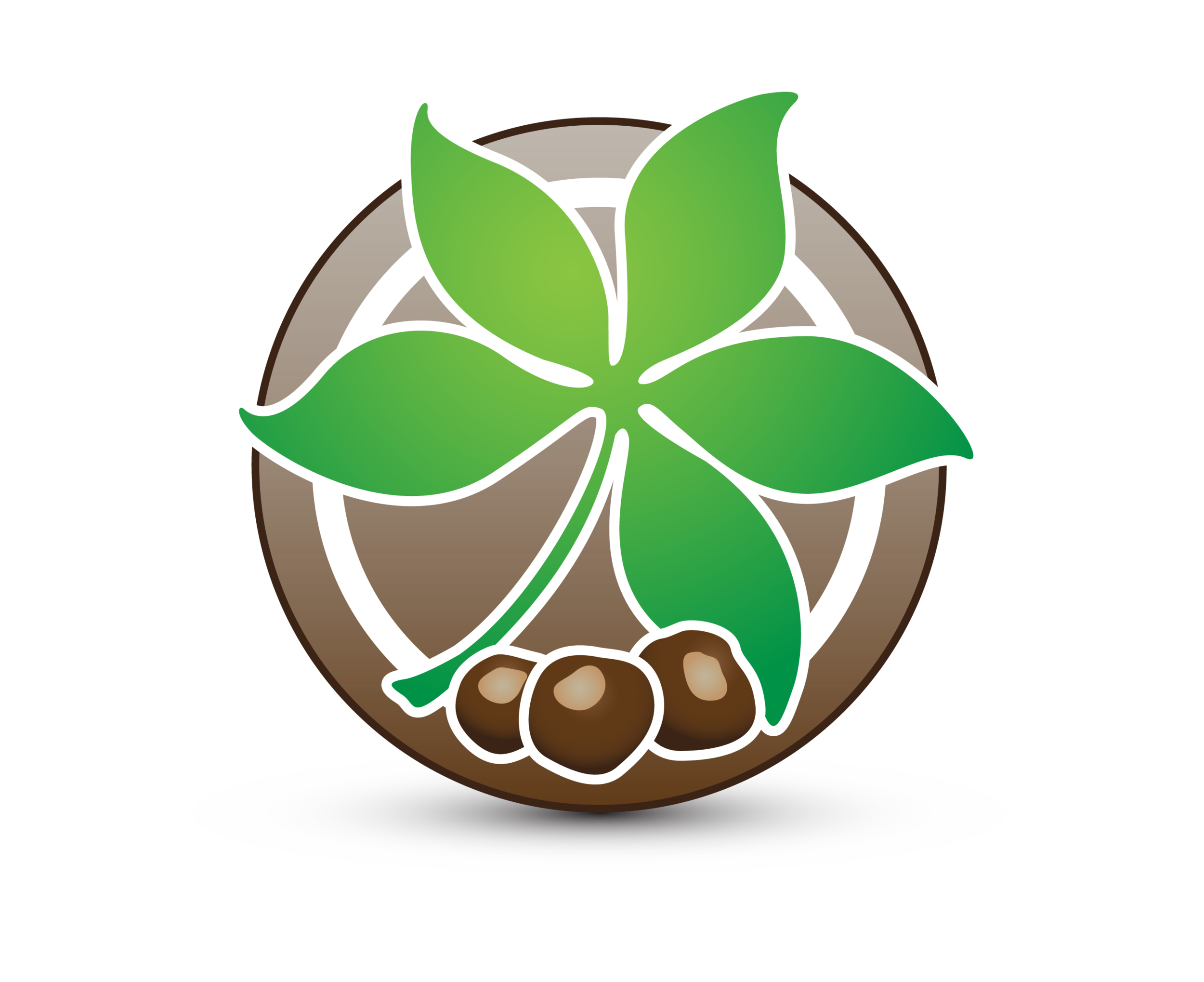How to Attract Pollinators to Your Yard
Let’s talk about insects!
Did You Know: Scientist estimate that 1 in 3 bites of food we eat can be traced back to pollinators.
Key pollinators in Ohio include: Bees, Flies, Moths, Butterflies, & Birds.
What is Pollination?
Pollination is the movement of pollen from the male (anther) part of one flower to the female (pistol) part of another flower.
Pollination is important because it allows plants to produce fruit & seed that are essential in ensuring survival for the next generation of the species. Some plants such as small grain crops, grasses, & conifers are wind pollinated. While most flowering & fruiting plants rely on insects or birds to carry pollen from one plant to another. With approximately 75% of all plant species depending on pollinators, it is important that we all do our part by planting pollinator friendly plants.
By installing a variety of trees, shrubs, perennials, and annuals that provide various flower shapes, sizes, & colors we appeal to various pollinators.
For example:
– Tubular flowers such as Butterfly Bush, Trumpet Vine, Fuchsia, and Lavender attract hummingbirds, moths, & butterflies.
– Short/Shallow flowers such as Daisies, Asters, & Zinnias attract insects with shorter mouth parts like bees & flies.
Different pollinator species in Ohio are active at different times throughout the growing season. That is why it is important to install various plant materials therefor providing pollen & nectar from early spring through late fall. When flowering plants are grouped together it provides insects with easy to find, desirable flowers to feed on and in turn spending less energy on the hunt for flowers. Trees, shrubs, & herbaceous plants not only provide pollinators with food, but also safe nesting habitats.
You may want to consider introducing more native trees, shrubs, & herbaceous plants to your yard. Native plants offer nectar, pollen, & other nutrients in quantities most suitable to native pollinators. For a list of favorable native flowering plants visit www.oardc.ohio-state.edu/gdd/
Lastly a shallow bowl or birdbath will provide pollinators with a sufficient water source especially during the heat of the summer. A few sticks or rocks within the birdbath or bowl will provide the insects with a safe place to take a drink and prevent drowning.
So, does anyone know what insect is considered to be the most important pollinator? Find out the answer on my next blog and learn what we can do to get this insect off the endangered species list.
#HappyPlanting
– Krista


